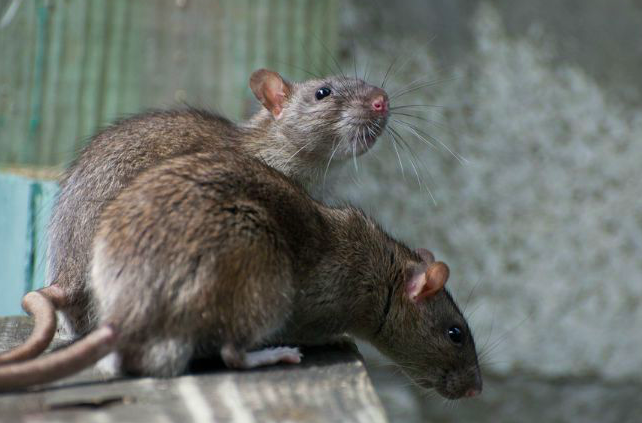One problem that could be causing a popping sound in your walls or in the attic is pests.
Rustling noise in attic.
These species are comfortable at heights and a hole somewhere near your roofline reminds them of home.
You can probably guess what this means a rodent or some other small animal has gotten into your house.
The most common source of attic noise is gray squirrels flying squirrels mice bats raccoons birds.
Noises in the attic at night thumping.
What sound does a squirrel make.
These animals are diurnal that means they are active in the daytime.
No that s not the sound of chains rattling in the attic.
If the noise of the animal in the attic is at night it s probably raccoons rats or another nocturnal animal.
Mice rats birds or other animals may have entered the home and are chewing digging and pecking on the interior of your home from the attic or inside the walls.
If you hear thumping in your attic at night it s most likely a larger animal such as a raccoon or.
Most animals scratch in the attic to clear out space for nesting or maybe to bury food.
Another common sound associated with squirrels being present in your attic walls or ceiling is chewing sounds.
When red squirrelsor piney squirrels get in your attic you can really hear a lot of different.
If you hear banging a raccoon could be stomping on the floor.
The time you hear it is a big clue.
Opossums or possums as they are.
In fact they are most active during the early morning and evening hours.
Flying squirrelson the other hand are nocturnal and move in and out of attics primarily at night.
The species that i find in attics are for the most part species that either fly or climb.
If the noise is during the day especially in the early morning or evening before sunset then it s almost surely squirrels.
Wall or attic sounds scratching or scurrying from within a wall or ceiling.
If you hear noises in the attic during the day it s very likely from squirrels.
The most common animal in the usa that lives in the attic is the eastern gray squirrel.
Raccoons are typically the heaviest of the pests.

